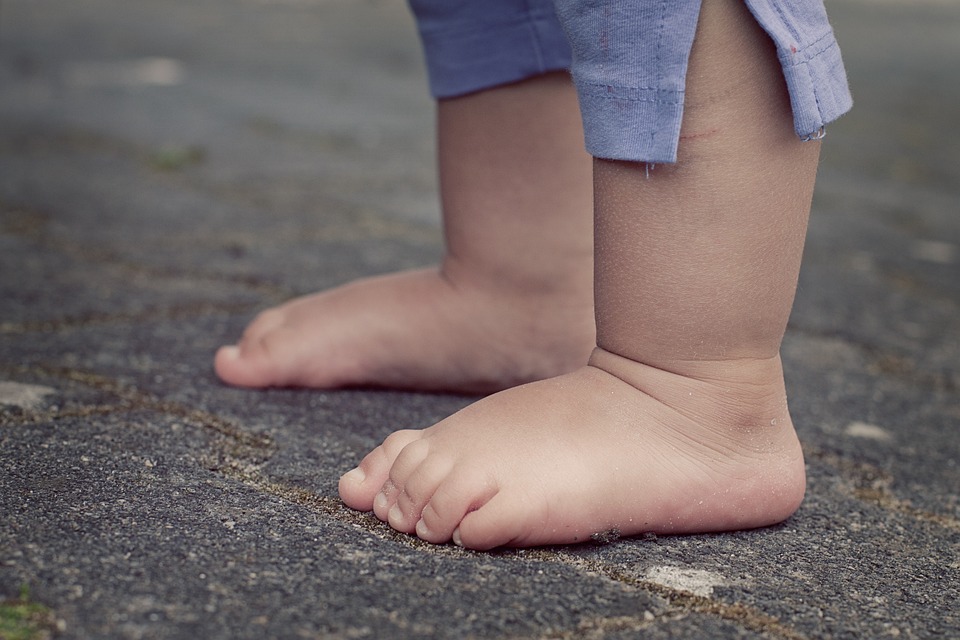One of the most common injuries to the tibia is a fracture, which occurs when the bone is broken or cracked. Fractures can vary in severity, from a hairline fracture to a complete break that may require surgical intervention. Treatment for tibial fractures typically involves immobilization of the leg with a cast or brace to allow the bone to heal properly. In some cases, surgery may be necessary to realign the fractured bone or insert hardware such as screws or plates to hold the bone in place.
Another common injury to the tibia is a stress fracture, which is a small crack in the bone that is often caused by repetitive stress or overuse. Stress fractures can be very painful and may require rest, physical therapy, and possibly the use of crutches to relieve pressure on the affected bone. In severe cases, surgery may be necessary to repair the stress fracture and promote healing.
Tendonitis is another common injury that can affect the tibia, specifically the tendons that attach muscle to the bone. Tendonitis can cause pain, swelling, and limited mobility in the affected area. Treatment for tendonitis usually involves rest, ice, compression, and elevation (RICE), as well as physical therapy to strengthen the muscles and improve flexibility. In some cases, corticosteroid injections may be recommended to reduce inflammation and pain.
In addition to fractures, stress fractures, and tendonitis, the tibia can also be susceptible to ligament injuries such as a sprained or torn anterior cruciate ligament (ACL). These types of injuries often occur during sports or activities that involve sudden stops or changes in direction. Treatment for a torn ACL may involve surgery to repair the ligament followed by physical therapy to regain strength and stability in the knee and lower leg.
Overall, injuries to the tibia can be painful and disruptive to daily activities, but with proper diagnosis and treatment, most individuals can recover fully and return to their normal activities. If you suspect you have sustained an injury to your tibia, it is important to seek medical attention from a healthcare professional who can provide a proper diagnosis and recommend the most appropriate treatment plan for your specific condition. Remember, early intervention and proper management are key to a successful recovery from tibial injuries.






























Add Comment